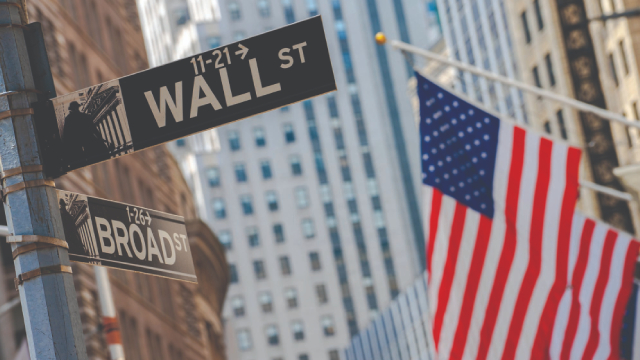
iShares U.S. Medical Devices ETF (IHI)
Summary
IHI Chart

Should You Invest in the iShares U.S. Medical Devices ETF (IHI)?
Looking for broad exposure to the Healthcare - Medical Devices segment of the equity market? You should consider the iShares U.S. Medical Devices ETF (IHI), a passively managed exchange traded fund launched on May 1, 2006.

Should You Invest in the iShares U.S. Medical Devices ETF (IHI)?
Designed to provide broad exposure to the Healthcare - Medical Devices segment of the equity market, the iShares U.S. Medical Devices ETF (IHI) is a passively managed exchange traded fund launched on May 1, 2006.

Should You Invest in the iShares U.S. Medical Devices ETF (IHI)?
If you're interested in broad exposure to the Healthcare - Medical Devices segment of the equity market, look no further than the iShares U.S. Medical Devices ETF (IHI), a passively managed exchange traded fund launched on 05/01/2006.
iShares U.S. Medical Devices ETF (IHI) FAQ
What is the stock price today?
On which exchange is it traded?
What is its stock symbol?
Does it pay dividends? What is the current yield?
What is its market cap?
Has iShares U.S. Medical Devices ETF ever had a stock split?
iShares U.S. Medical Devices ETF Profile
| ARCA Exchange | US Country |
Overview
The company in focus operates as an investment entity that commits a significant portion of its assets, specifically at least 80%, into the securities that form part of its benchmark index. It adopts a strategy that allows flexibility, permitting up to a 20% investment in derivatives like futures, options, and swaps, alongside cash and equivalents and other securities not necessarily included in its index. This indicates a targeted yet adaptable investment approach aimed at tracking the performance of the underlying index. Seemingly structured as a non-diversified fund, it concentrates its investments rather than spreading them out across a wider range of assets, which can affect its risk profile and investment strategy.
Products and Services
- Component Securities of Underlying Index
- Futures, Options, and Swap Contracts
- Cash and Cash Equivalents
- Securities Not Included in the Underlying Index
This represents the bulk of the fund's investment, where at least 80% of assets are allocated. These are securities that are part of the fund's benchmark index, forming the foundation of the investment strategy. This method aims to replicate or closely follow the index's performance, making it a pivotal aspect of the fund's offerings.
Up to 20% of the fund’s assets may be invested in these financial derivatives. Futures are contracts to buy or sell an asset at a future date at a predetermined price, while options grant the buyer the right, but not the obligation, to buy or sell at a set price. Swap contracts involve exchanging cash flows or other financial instruments. These instruments are used to potentially hedge against risk or speculate on future price movements.
The fund maintains a portion of its assets in highly liquid and short-term investments that can be readily converted into cash. This can include money market instruments, treasury bills, and other accessible cash forms. This positioning provides liquidity to the fund, enabling it to meet redemption requests or take advantage of new investment opportunities promptly.
In addition to its main strategy, the fund may invest in other securities not part of its underlying index. These investments, thought by BFA to aid the fund in tracking its benchmark index, signify an active management component aiming to enhance returns or reduce risks not covered by the index alone.







